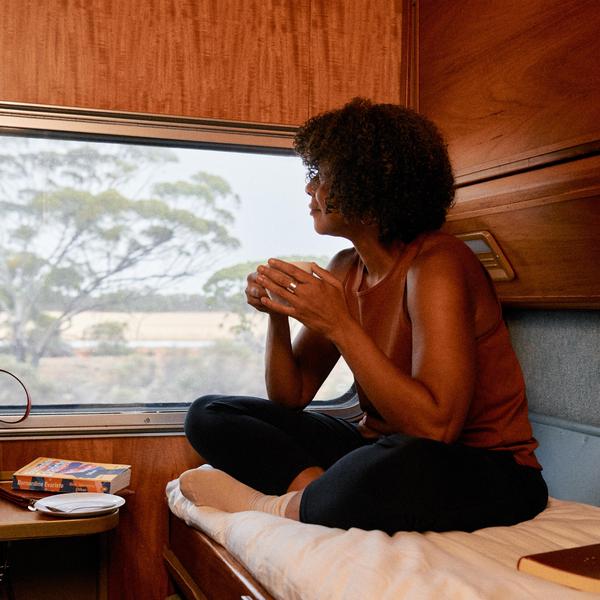INTERVIEW Victoria Johnson
Whether you’re a connoisseur or just partial to the occasional glass or two, it’s worth knowing how to make the best of your bottle. We ventured to McLaren Vale to chat with S.C. Pannell winemaker Steve Pannell to take the mystery out of the humble wine decanter.
Growing up at Western Australia’s iconic Moss Wood winery, Steve Pannell was always destined for a career in wine. With a stint as Chief Red Winemaker at BRL Hardy and 14 European vintages under his belt, Steve started his own winery in South Australia’s McLaren Vale in 2014.
JB Steve, tell us – what does a decanter do?
SP Far more than a vessel or table decoration, a decanter is a means by which we show some wines at their best, allowing the contents of the bottle to breathe or develop greater complexity through contact with oxygen.
JB Does wine really taste better once it’s been decanted?
SP Not all wines taste better with greater exposure to air. Most aromatic whites, like riesling and sauvignon blanc, are better served directly from the bottle.
JB What kind of wine should be decanted?
SP A tricky question but the rule of thumb relates to tannin. The more tannin, the greater the need for air. Tannic red wines, like young cabernet sauvignon, shiraz or malbec, benefit tremendously from decanting. Also, some white wines have greater skin contact and thus greater levels of tannin.
JB Does a wine need to be really old to be decanted?
SP This is a common misconception but also depends on how old the wine is. Tasting the wine before decanting is important. Many really old red wines (20+ years) are delicate and contact with oxygen may hasten their demise.
JB How much money do I need to spend on a decanter?
SP I have a friend whose favourite decanter is a jug, and at SC Pannell we use conical flasks – both of which are relatively inexpensive.

HOW TO USE YOUR DECANTER
The key to successful decanter pours is to get the maximum amount of oxygen in contact with the wine, which means attempting to pour the wine so it spreads out across the inner glass surface of the decanter.
This can be challenging, but some designs – like the Illumini decanter made by South Australian glass artists Karen Cunningham
and Mandi King – can simplify the process.
“There’s a contact point in the middle of the decanter, where we pinch it when we’re blowing the glass,” says Karen. “That
performs the aerating function and is a handle at the same time, so you don’t need to use two hands to pour from the decanter.”
Your decanter should be cleaned gently with warm water and beads to wash away residue without the use of harsh chemicals.


